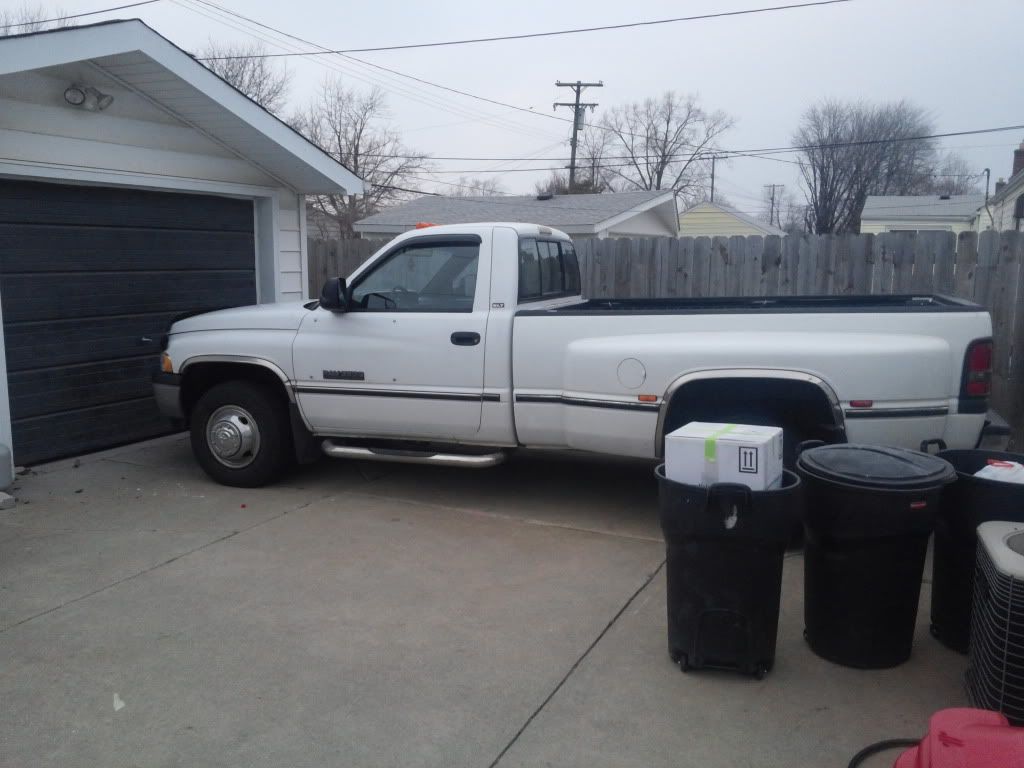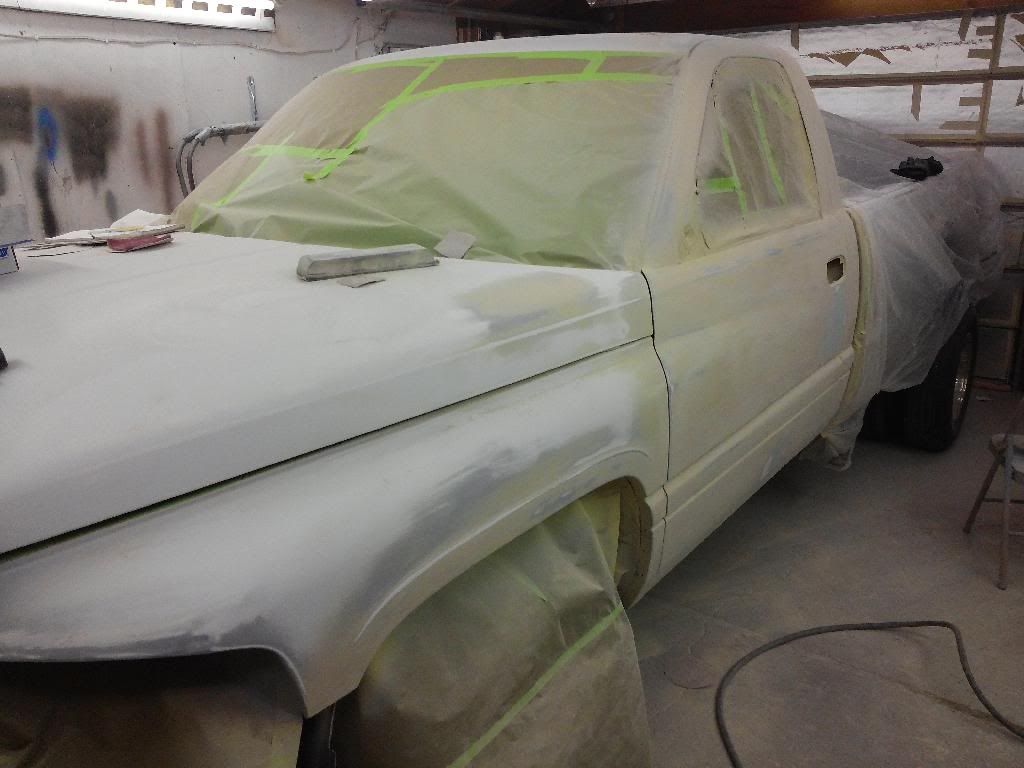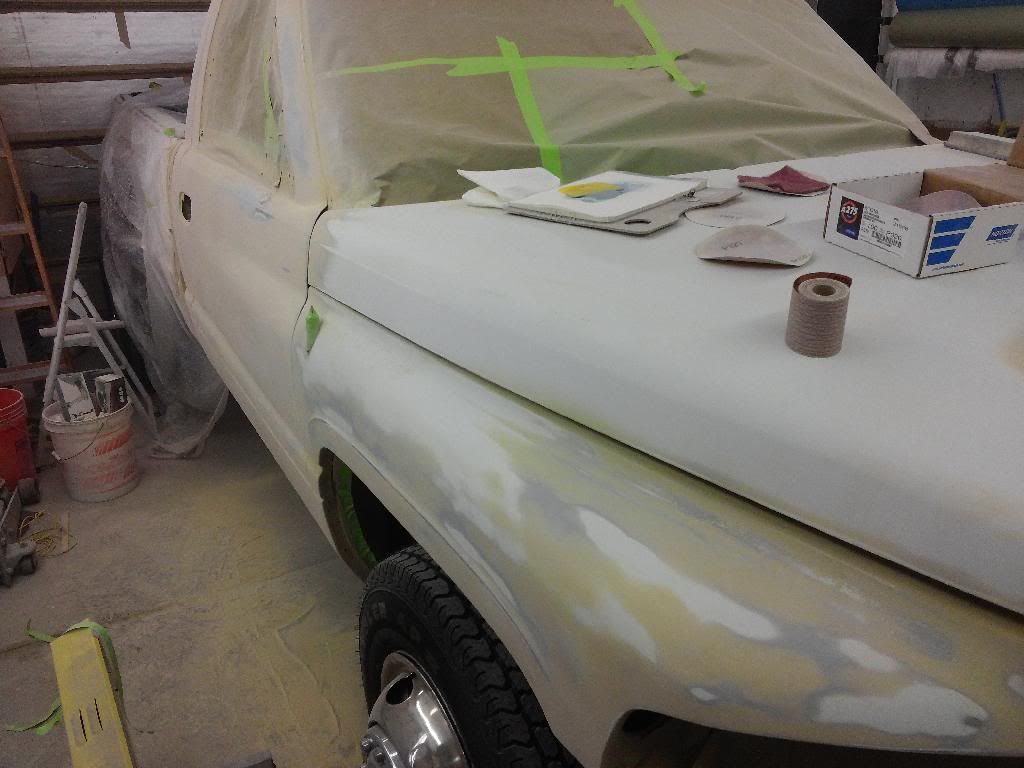Ok. My buddy wants these holes filled in his doors where someone added aftermarket mirrors at one point. I really don't feel like welding and warping the pamels. Could I get away with using this sem product and glueing small patch panels from behind and then just puting a light coat of filler on top?
http://www.semproducts.com/product-catalog/repair-materials/dual-mix/adhesives/patch-panel-adhesive/
Here are the holes:


http://www.semproducts.com/product-catalog/repair-materials/dual-mix/adhesives/patch-panel-adhesive/
Here are the holes:




